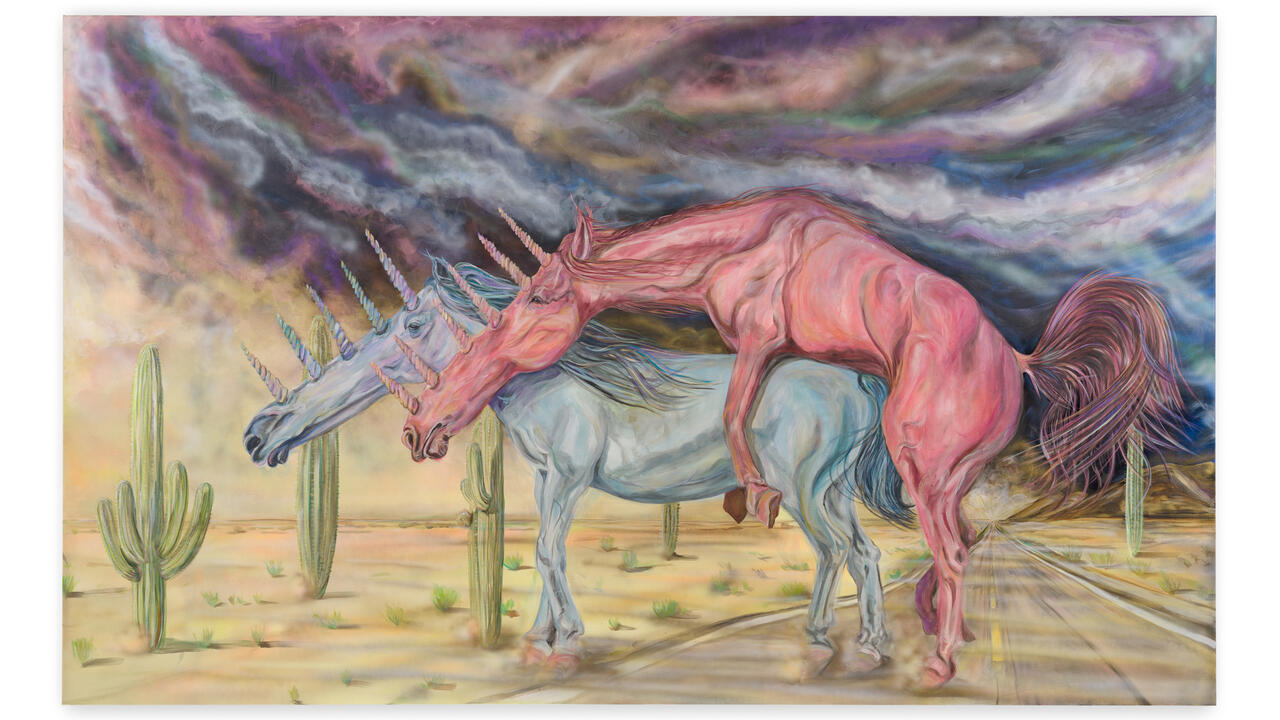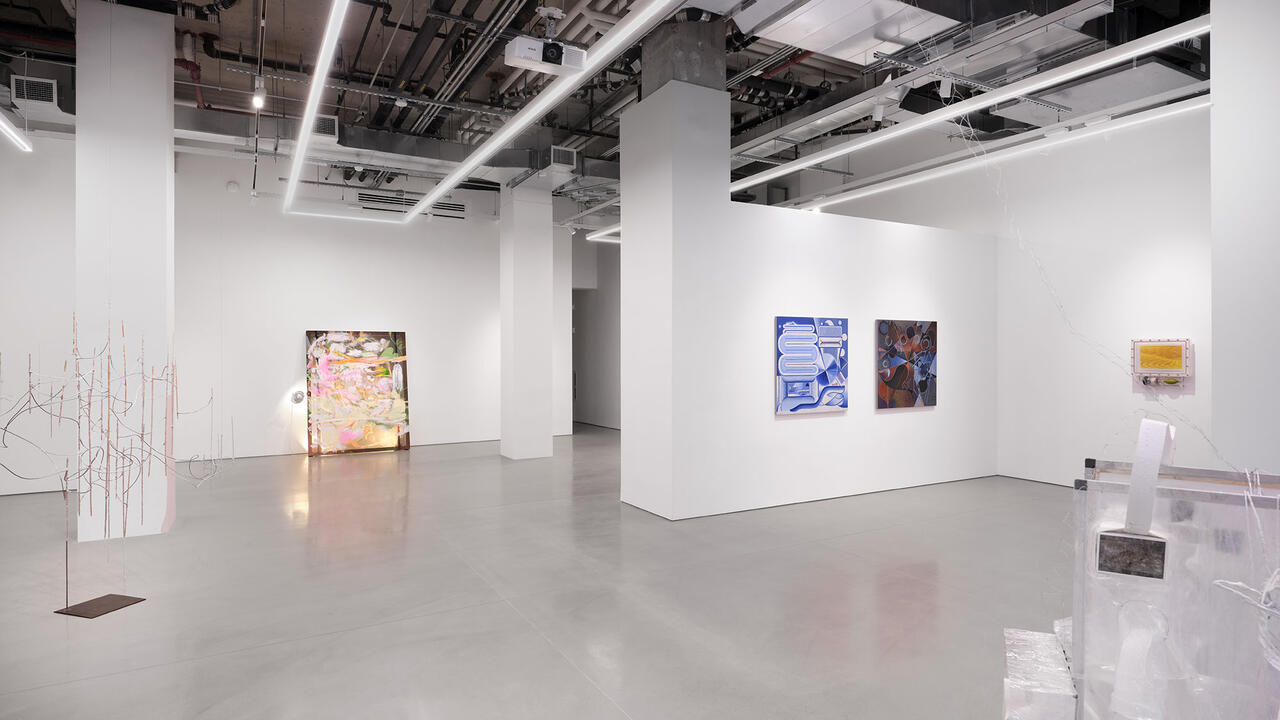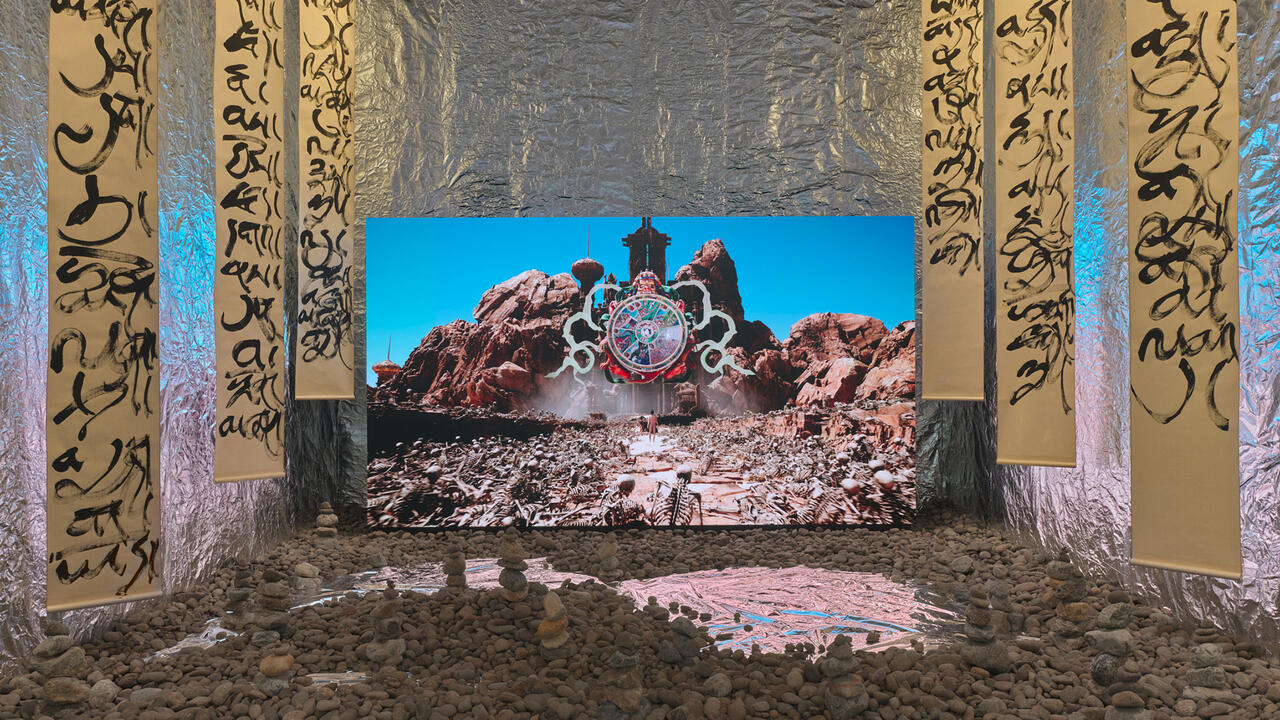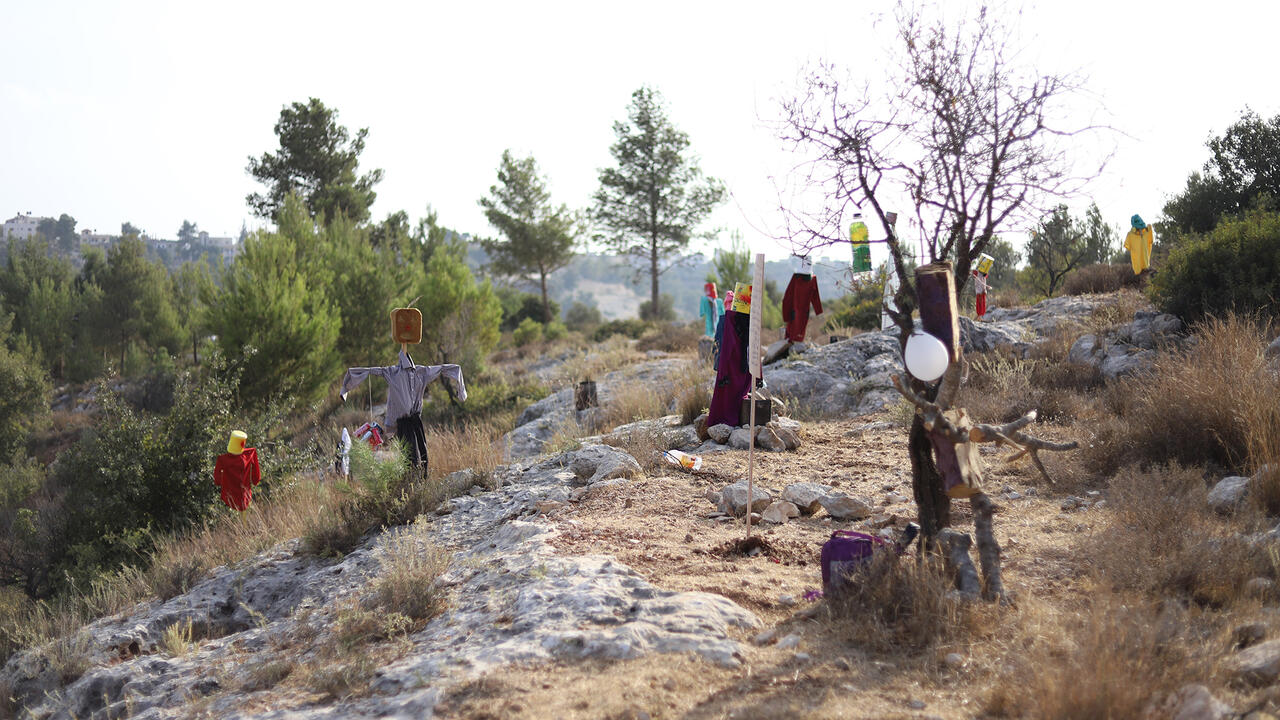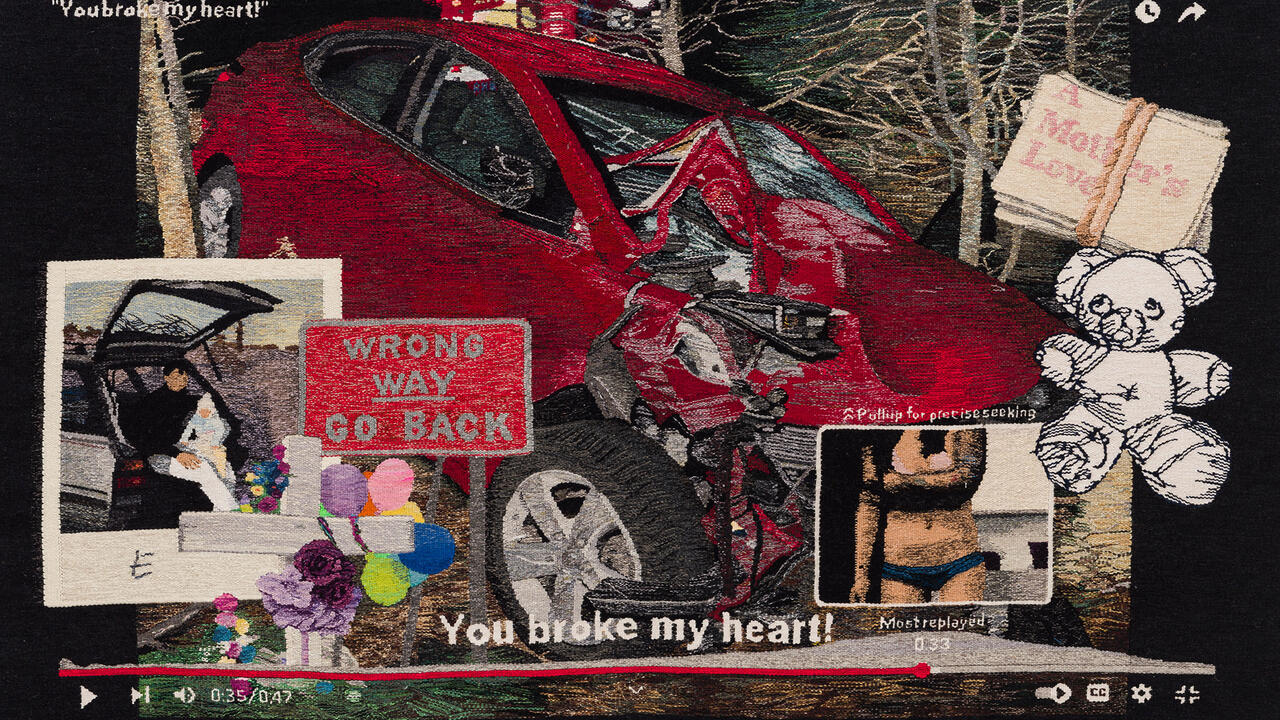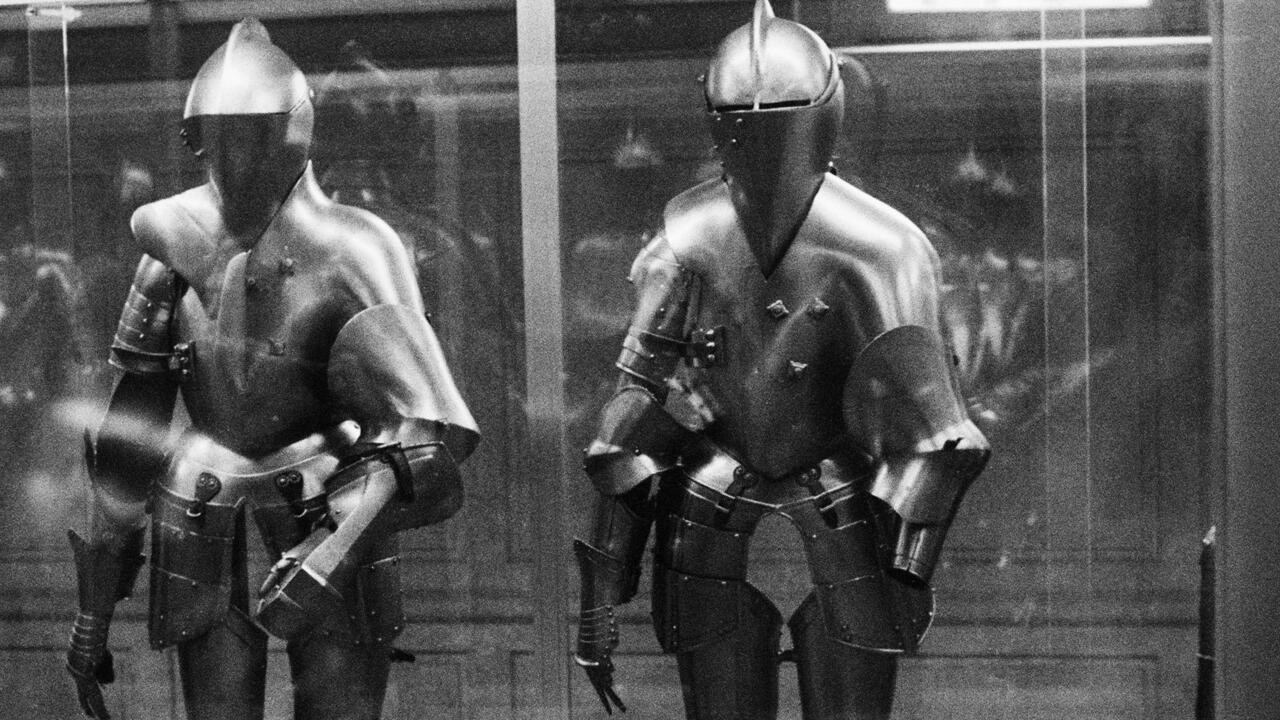Corin Sworn
ZieherSmith, New York, USA
ZieherSmith, New York, USA

So proud is it of the favourable report it received from government inspectors last year that Summerhill, the famously libertarian boarding school in Suffolk, UK, has posted the report online. Its impact is tempered somewhat, though, by the accompanying soundtrack provided by a school band, the Bamboo Bambos, whose song ‘Here We Stand’ is a two-minute ‘fuck off’ to the inspectors, who have been out to sink the school for years. But that’s Summerhill’s style: it was founded in 1921 by A.S. Neill, the progressive educationalist, who believed in giving every staff and student member an equal say in its governance. In effect, the students, who are aged from five to 17, make the rules: if they decide to cancel classes, classes are cancelled.
Neill first established the school in a town near Dresden, but its radicalism was too much for the locals, and by 1923 it had settled in England, where it has become an eccentric piece of the national furniture. The Glasgow-based artist Corin Sworn saw it on a larger canvas, though, in her second New York solo show ‘The Wild Ones are So Tame Now’. She elided its anti-authoritarianism with that of the generation of 1968 and, in more digressive moments, seemed to liken the school’s freedoms to the practice of art conceived as ‘embodying the promise of social agency’. (The phrasing appeared in the statement Sworn wrote to accompany her previous show at ZieherSmith, which examined adventure playgrounds, but her intentions were clearly similar.)
The collage Experiment or Demonstration (2007) captures the range of reference in the show, oscillating from Summerhill to abstract art and children’s learning tools: images of a mobile hanging with abstract sculptures of the Henry Moore/Barbara Hepworth variety are layered with images of stone artefacts, photographs of children and rings of text referencing the school. 1837, 1914, 1975 (2008) is an abstract sculpture the title of which derives from significant moments in the development of children’s learning tools: it’s a five-foot-high cluster of towers like radio masts, constructed mainly from old pencils plugged into circular wooden hinges. And in The Rules, a version of Summerhill’s rules appear on a silk-screened poster fashioned by Sworn in the style of an Arts and Crafts broadside. In fact, they are only descriptions of the rules as they appeared to a visitor in 1971: rules are fluid and constantly re-drawn at Summerhill, but the list captures the hair-raising freedom of life there: ‘No sticks with nails in them’ and ‘Swords are to be inspected by staff’. Neill believed in giving power to children early, so that the responsibility it might bring would drive home the fact that, when they go out into society, the codes they live by affect everyone around them.
Of course, one could agree with Neill on this score and still reject the school’s ethos, since power and responsibility too lightly borne can wreak havoc; and during the social upheavals of the 1960s many drew parallels between the spreading social unrest and the freedoms allowed at the school. This was the locus of Sworn’s interest in Summerhill, and she framed the fears of the school’s critics with anxious comic perfection in the fine pencil drawing Working with Fire, in which children play amid plumes of smoke rising from little fires they’ve lit in a field. She reiterated it also in the show’s most resonant drawing, Bonfires at Night, in which we see from a distance figures silhouetted against fires in the shadow of school buildings. Two figures in particular stand alone, illuminated in a glowing whiteness that reads as a kind of shining power – a glinting evil, perhaps, or maybe the wholesome power of human self-actualization. And to realize that this might be a child of no more than 13 is to realize all the risk and the possibility of Neill’s philosophy.
Indeed, Neill’s legacy is so rich and suggestive that those wishing for more reflections might have been disappointed by Sworn’s show, which felt digressive and overstretched at times. She leapt from thoughts about early learning to revolutionary unrest to an English public school (mistaking her intentions at first, I even felt she had things to say about postwar British art as well). Behind it all, though, was the desire to source a tradition and construct an argument for the continuing social power of art and to do so in a way that felt new yet also old, weighted, enduring. But will places like Summerhill ever tip the balance of change? Today, probably not. The school’s critics may feel vindicated by this, but then in Neill’s classroom you didn’t get gold stars for being prize pupil: the man once said that, if ever one of his students became prime minister, he would have felt like he’d failed.









